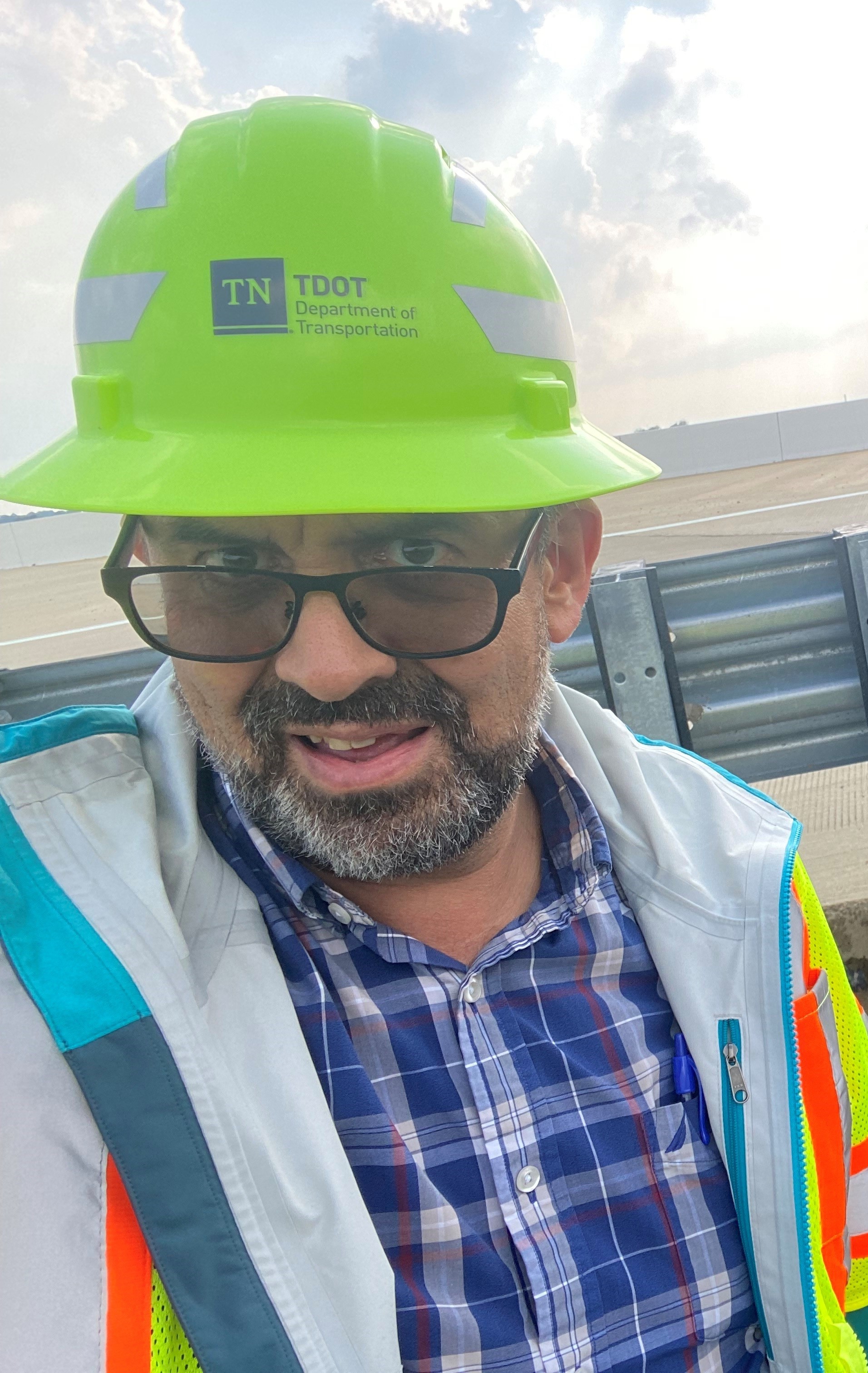Oral
Watershed
Evaluating Methodologies for Detecting Trends in Short-Duration Extreme Rainfall in the Southeastern United States
Tuesday, May 20, 2025
2:00 PM - 2:15 PM Alaska Daylight Time (AKDT)
Room: Room 4
.jpg)
Nischal Kafle (he/him/his)
PhD student
University of Memphis, Tennessee, United States
Claudio I. Meier
Associate Professor of Civil Engineering
The University of Memphis, Tennessee, United States
Author(s)
Co-Author(s)
Abstract Submission: The intensification in the frequency and intensity of short-duration rainfall worldwide has led to increased infrastructure damage from urban pluvial flooding. In the Southeastern United States, where short-duration convective storms are closely linked to urban flooding, we need to better explore trends in short-duration extreme rainfall, to update design rainfall estimates or depth-duration-frequency (DDF) values over short durations. Research on trends in short-duration (especially sub-hourly) rainfall in the US is limited. Most existing studies emphasize frequency trends rather than magnitude, typically analyzing daily or monthly rainfall totals, or else events exceeding specific thresholds, which are less relevant for urban flooding concerns. Few investigations have explored trends in DDF values for short durations, leading to inconsistent findings influenced by statistical approaches, choice of metrics, and assumptions. This study analyzes rainfall data from 473 stations in the Southeastern US, with temporal resolutions of 15 minutes (326 gauges) and 1 minute (147 gauges). We conduct various trend tests on rainfall statistics, including maxima for durations from 5 minutes to 6 hours, to examine the power of different methodologies in detecting trends. By fitting maxima series to extreme value models for non-stationary sequences and performing spatial trend tests, we aim to identify patterns that can provide insights into rainfall trends. Moreover, we highlight the subjectivity in the different methods, addressing the gap in extreme rainfall trend analysis over short durations, thus contributing to more informed urban drainage system design in response to climate change.
Learning Objectives/Expected Outcome (Optional) : By presenting this work, the objective is to show trends in short-duration extreme rainfall in the Southeastern US and their effects on urban pluvial flooding, evaluate different methods for analyzing rainfall data, address gaps in current studies, and contribute to better urban drainage design in response to climate change, while also seeking valuable feedback from the audience.
Learning Objectives/Expected Outcome (Optional) : By presenting this work, the objective is to show trends in short-duration extreme rainfall in the Southeastern US and their effects on urban pluvial flooding, evaluate different methods for analyzing rainfall data, address gaps in current studies, and contribute to better urban drainage design in response to climate change, while also seeking valuable feedback from the audience.

